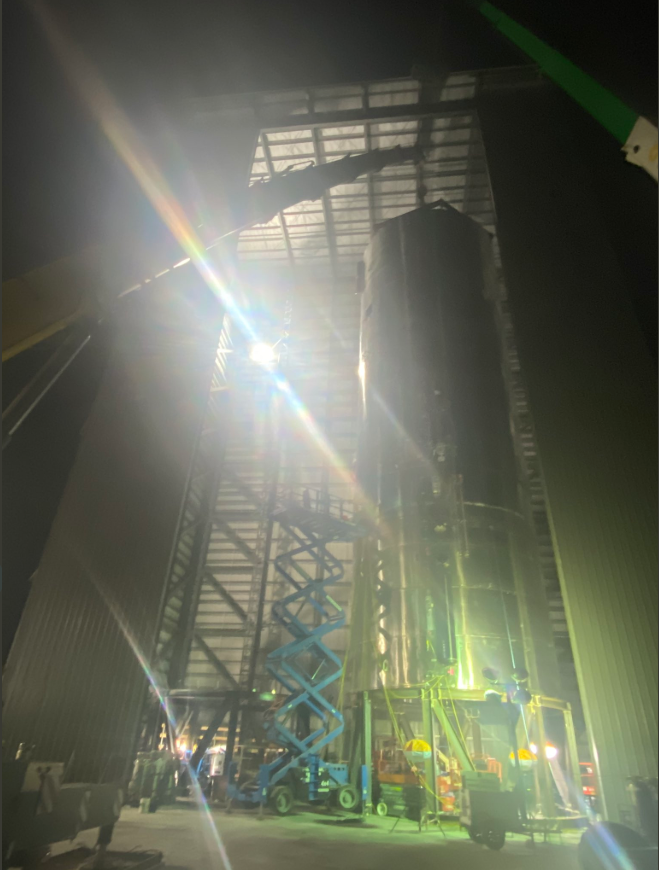
SpaceX is coming hot once again with an announcement of their new Starship, and it is bringing humanity closer to Mars and beyond.

Read More: It's Launch Day! What is So Special About First U.S. Space Force Launch From Cape Canaveral?
Founder and CEO of SpaceX, Elon Musk, has tweeted some images from the SpaceX development facility located in Boca Chica, formerly Kennedy Shores and later Kopernik Shores . The tweet showcased SpaceX's third starship prototype aptly named the "SN3".

The Engine of the SN3
It's going to use a Raptor engine, unlike the company's Falcon 9 Merlin engine that uses liquid oxygen as well as methane for fuel. The Raptor engine first got tested on February 4, 2019. After just two months, a miniaturized version of the Starship that was dubbed "Starhopper" completed tethering firing. In July 2019, it jumped from the ground to 65-feet; a month after, in August, it flew a whopping 500-feet into the air.
The very first time we saw the full-size Starship was in September 2019, this was dubbed the "Mk.1," during a press conference in SpaceX's Boca Chica facility. The Mk.1 was supposed to have an orbital flight last October, but this never came to be because come November, the top blew off.
The SN3 is measured at the height of 393 feet, which included the Super Heavy booster as well into the calculations.
Read More: Did SpaceX Crew Dragon Parachute Test Just Fail? Crewed Flight to Space Station Faces Delay
SN3's Past and Future
With the SN2 becoming the main test prototype as of the moment, it's good to have a back up which is the SN3. Musk said that the test model represented by all three prototypes could fly up to an altitude of over 12.4 miles or 20 kilometers and land back safely on Earth. The goal for this project is to create a next-generation spacecraft that can transport humans from Earth to the Moon, Mars, and beyond.
The SN4 which will be its successor of the SN3 will continue this trend to be able to take off at a higher altitude up; this trend will continue until the time that SpaceX can fully reach the stars with their Starships to the goal fo establishing civilization in the stars and ultimately conquer the galaxy with the help of Elon Musk's SpaceX program.
Hurdles and Refinements of SN3
The SN3 has undergone many variations thus far and is only now looking as promising as it can be. Back in January, the team's test tank was able to succeed in withstanding 7.5 bar at room temperature, next 8.5 bar at cryo temperatures. The importance of this, as Musk explained it is that a ship would need to withstand the pressures around these rates to be able to send humans into space successfully.
Increased size and improving the steel rings together. SN1 has failed and was a complete wreck, SN2 has survived the initial test and fixed the problem SN1 had at spontaneously combusting. The orbital prototype would be ready sometime around June after all the refinements and tweaks his team has to go through and maybe sometime in 2021.
Read More: Hubble Captures the Tsunami-like Power of Qasars That Could Create Ripples Across The Galaxy
ⓒ 2025 TECHTIMES.com All rights reserved. Do not reproduce without permission.




